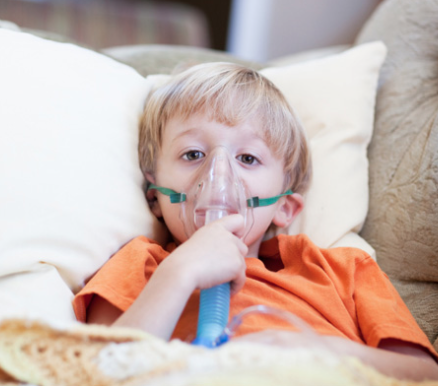
The enterovirus - Enterovirus EV-D68 - is to blame for hundreds of children being hospitalized in twelves states throughout America. Alabama, Colorado, Michigan, Georgia, Ohio, Iowa, Illinois, Missouri, Kansas, Oklahoma, Kentucky and Utah have all reached out for CDC assistance. In Kansas, the virus is responsible for sending more than 30 children a day to the hospital, with 15% of them requiring intensive care, according to state officials.
There are more than 100 types of enteroviruses causing about 10 to 15 million infections in the United States each year, according to the CDC, and many of them have symptoms similar to an intense cold so what is so harmful about this particular strain? "It's worse in terms of scope of critically ill children who require intensive care. I would call it unprecedented," said Dr. Mary Anne Jackson, a director for infectious diseases at Children's Mercy Hospital, where about 475 children were recently treated.
There is no vaccination against Enterovirus EV-D68 so proper hygiene - hand washing, disinfecting common areas, and staying home when feeling ill - is the key to avoiding contracting the illness. As EV-D68 is a respiratory virus and doctors are seeing patients hospitalized in respiratory distress, parents should be on the lookout for signs that their child is having difficulty breathing. Other common symptoms of the virus include coughing, fever and rash.
Signs of Respiratory Distress in Children Include the Following:
Breathing rate. An increase in the number of breaths per minute may indicate that a person is having trouble breathing or not getting enough oxygen.
Color changes. A bluish color seen around the mouth, on the inside of the lips, or on the fingernails may occur when a person is not getting as much oxygen as needed. The color of the skin may also appear pale or gray.
Grunting. A grunting sound can be heard each time the person exhales. This grunting is the body's way of trying to keep air in the lungs so they will stay open.
Nose flaring. The openings of the nose spreading open while breathing may indicate that a person is having to work harder to breathe.
Retractions. The chest appears to sink in just below the neck and/or under the breastbone with each breath--one way of trying to bring more air into the lungs.
Sweating. There may be increased sweat on the head, but the skin does not feel warm to the touch. More often, the skin may feel cool or clammy. This may happen when the breathing rate is very fast.
Wheezing. A tight, whistling or musical sound heard with each breath may indicate that the air passages may be smaller, making it more difficult to breathe.
Stridor. An inspiratory sound heard in the upper airway.
Accessory muscle use. The muscles of the neck appear to be moving when your child breathes in.
Changes in alertness. Low oxygen levels may cause your child to act more tired and may indicate respiratory fatigue.